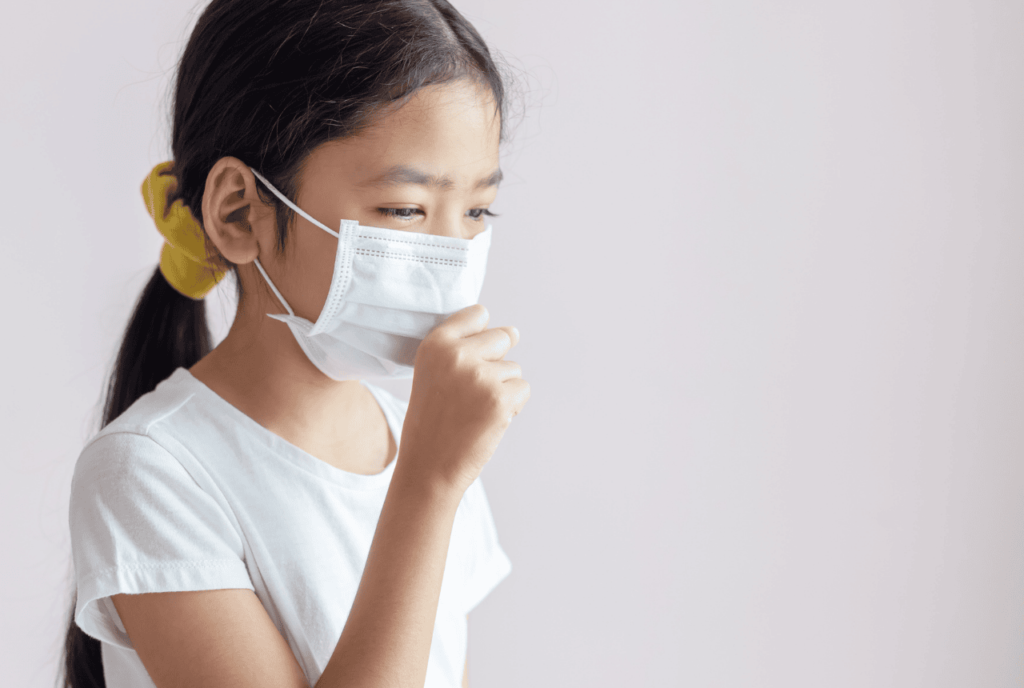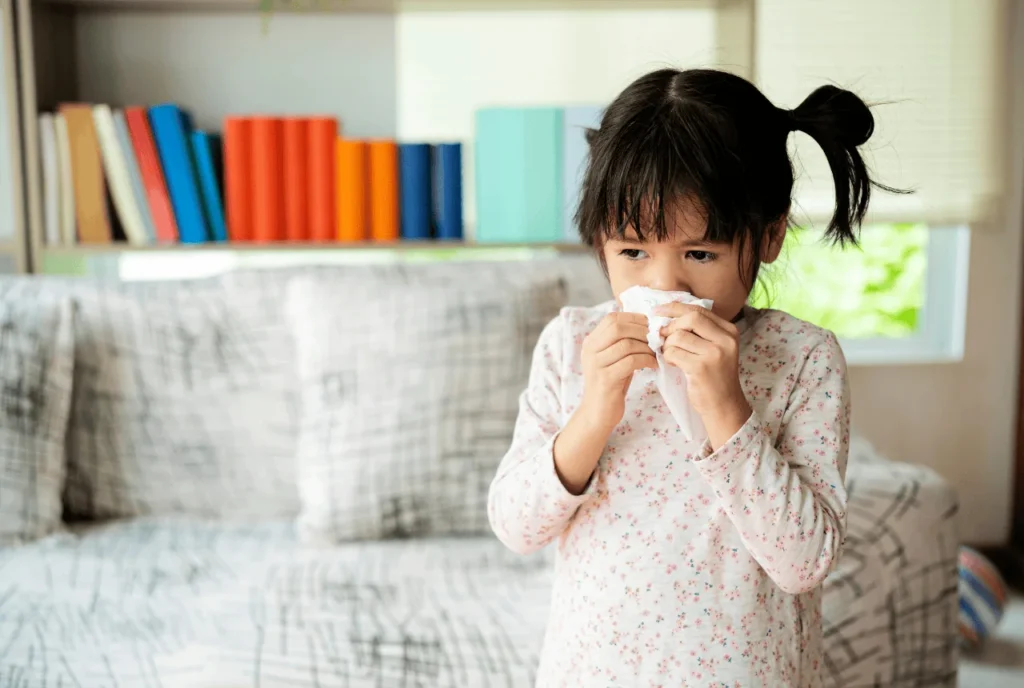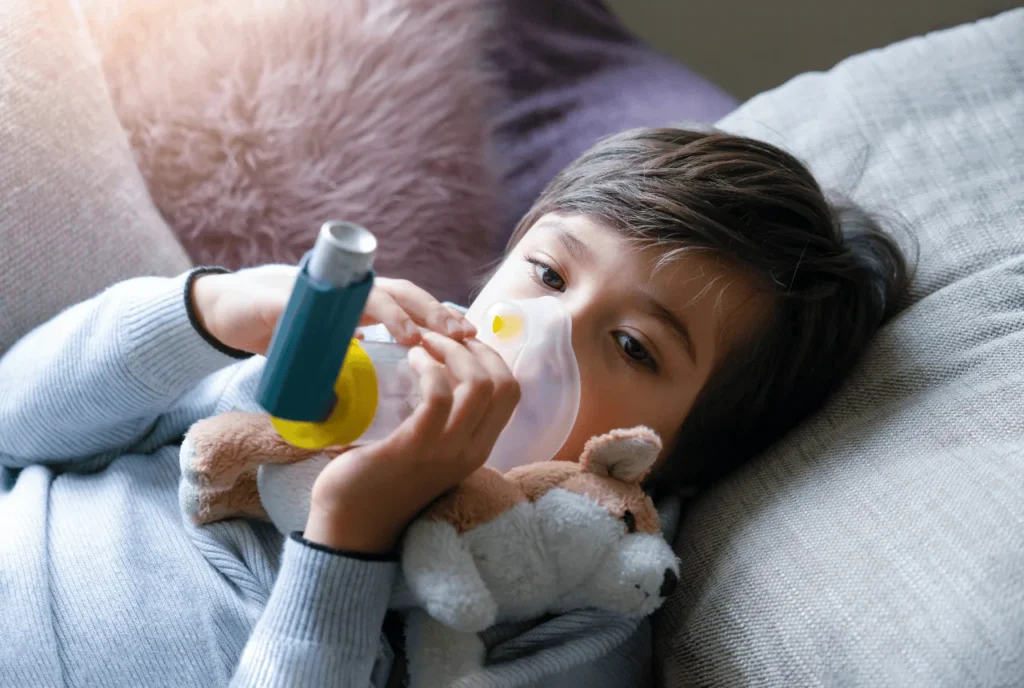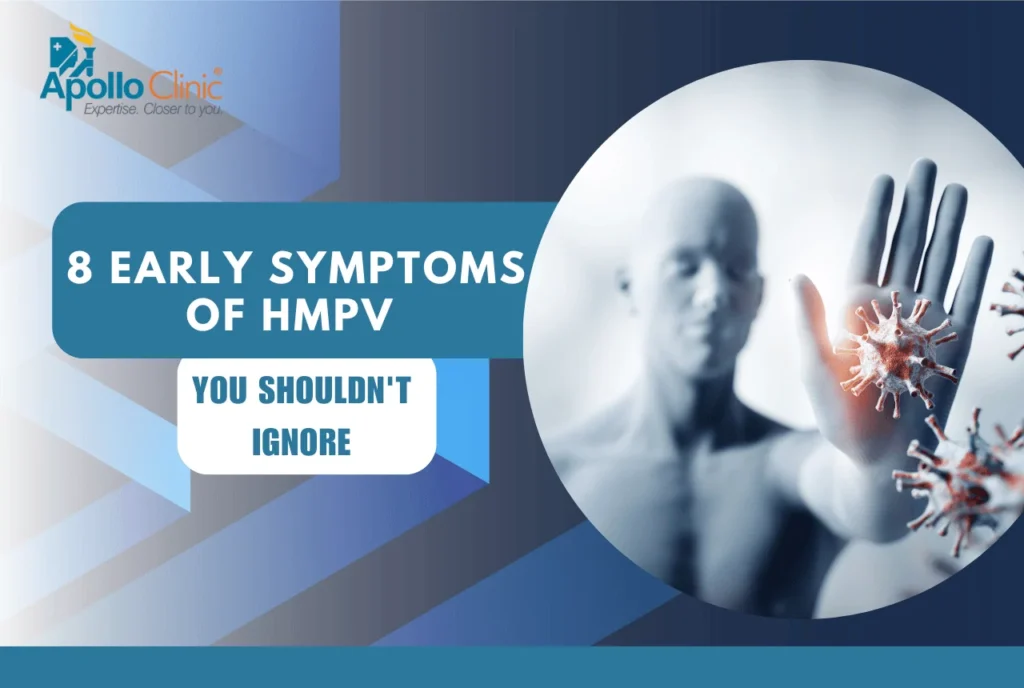8 Early Symptoms of HMPV You Shouldn’t Ignore
Introduction
Human Metapneumovirus (HMPV) is a contagious respiratory virus that often mimics the common cold or flu. It primarily affects the upper and lower respiratory tracts, causing symptoms that range from mild to severe. Recognizing early symptoms of HMPV is critical to prevent complications, especially for vulnerable groups such as young children, older adults, and individuals with weakened immune systems.
HMPV is most prevalent during winter and early spring, spreading easily through respiratory droplets and contaminated surfaces. As it can lead to conditions like bronchiolitis or pneumonia if left untreated, understanding its early manifestations is essential. In this article, we highlight eight symptoms of HMPV that should never be ignored, along with strategies to manage and prevent infection.
What Are the Symptoms of HMPV?
HMPV primarily targets the respiratory system, resulting in symptoms similar to other viral infections. These include coughing, fever, and nasal congestion, but the severity can vary based on age and health status. Early detection and timely medical care can prevent the virus from escalating into serious complications like severe pneumonia or bronchitis.
Let’s explore the eight early symptoms of HMPV and why they warrant close attention:
1. Persistent Cough

A persistent cough, whether dry or mucus-producing, is often one of the first signs of HMPV.
- Why it matters: It may indicate involvement of the lower respiratory tract, especially if accompanied by wheezing.
- What to watch for: If the cough worsens or lasts beyond a few days, consult a healthcare provider.
2. Fever

HMPV often causes low-grade to moderate fever, signaling the body’s response to the viral infection.
- Why it matters: While fever is common in viral infections, prolonged or high-grade fever may indicate complications.
- Duration: Typically lasts a few days but should be monitored closely, especially in children.
3. Nasal Congestion or Runny Nose

Nasal congestion or a runny nose is a hallmark symptom of HMPV.
- Why it matters: Often one of the earliest signs, it reflects inflammation in the nasal passages.
- Impact: While mild, it can progress if left untreated, particularly in younger children.
4. Sore Throat

Throat irritation or pain is another early indicator of HMPV.
- Why it matters: Suggests upper respiratory tract involvement, which may lead to difficulty swallowing or hoarseness.
- Associated symptoms: Soreness often accompanies coughing and nasal congestion.
5. Shortness of Breath or Wheezing

Difficulty breathing or wheezing sounds can signal more serious respiratory involvement.
- Why it matters: Indicates potential lower respiratory tract infection, such as bronchiolitis or pneumonia.
- When to act: Seek immediate medical attention if breathing becomes labored or if there are signs of chest retractions.
6. Fatigue and General Weakness

Feeling unusually tired is a common symptom of HMPV.
- Why it matters: Fatigue can indicate that the body is actively fighting the infection.
- Impact: Prolonged weakness may hinder daily activities and signal worsening illness.
7. Poor Feeding in Infants

Infants with HMPV may struggle with breastfeeding or bottle-feeding.
- Why it matters: Difficulty feeding can lead to dehydration and inadequate nutrition.
- When to act: Prompt medical care is essential if feeding issues persist.
8. Ear Pain or Ear Infections

Secondary bacterial infections, such as ear infections, are common in HMPV cases.
- Why it matters: Ear pain may signal complications and require antibiotic treatment.
- Who’s affected: Particularly common in young children.
When to Seek Medical Attention for HMPV Symptoms
Knowing when to seek medical care is vital to managing HMPV effectively. Here are some red flags:
- Severe symptoms: High fever, rapid or labored breathing, bluish lips, or chest retractions.
- Dehydration: Reduced urine output, dry mouth, or lethargy in infants.
- Persistent symptoms: Cough, fever, or nasal congestion lasting longer than usual.
High-risk groups:
- Infants under one year.
- Older adults aged 65 and above.
- Individuals with chronic conditions like asthma, COPD, or diabetes.
- Immunocompromised individuals.
Laboratory tests like PCR can confirm an HMPV diagnosis, enabling targeted care to prevent complications.
How to Prevent HMPV Infection
Preventive measures are the best defense against HMPV. Here are some practical tips:
- Practice good hygiene: Wash hands frequently with soap and water for at least 20 seconds.
- Avoid close contact: Steer clear of individuals showing respiratory symptoms.
- Disinfect surfaces: Regularly clean high-touch areas like doorknobs and phones.
- Use masks: Wear a mask in crowded or high-risk settings, especially during winter and early spring.
Currently, there is no vaccine for HMPV, making preventive habits crucial in reducing transmission.
Apollo Clinic Silchar: Your Trusted Partner in Respiratory Health
Apollo Clinic Silchar is a leading healthcare provider in Silchar and Assam, offering comprehensive care for respiratory conditions like HMPV. Their expert team ensures accurate diagnosis and effective management, catering to patients of all ages.
Services include:
- Pediatric care: Specialized support for infants and children with severe HMPV symptoms.
- Advanced diagnostics: PCR testing for precise identification of HMPV.
- Expert consultations: Tailored care plans for high-risk individuals and those with chronic conditions.
At Apollo Clinic Silchar, you can rely on compassionate and professional care to manage respiratory concerns effectively.
Conclusion
Recognizing the early symptoms of HMPV is essential for timely intervention and preventing severe complications. Persistent cough, fever, nasal congestion, and shortness of breath are key indicators that warrant attention. By adopting preventive measures and seeking professional care, you can safeguard yourself and your loved ones from the impacts of this contagious virus.
For trusted advice and expert treatment, visit Apollo Clinic Silchar—your reliable partner in respiratory health. Don’t ignore the signs; take action today to protect your well-being.


